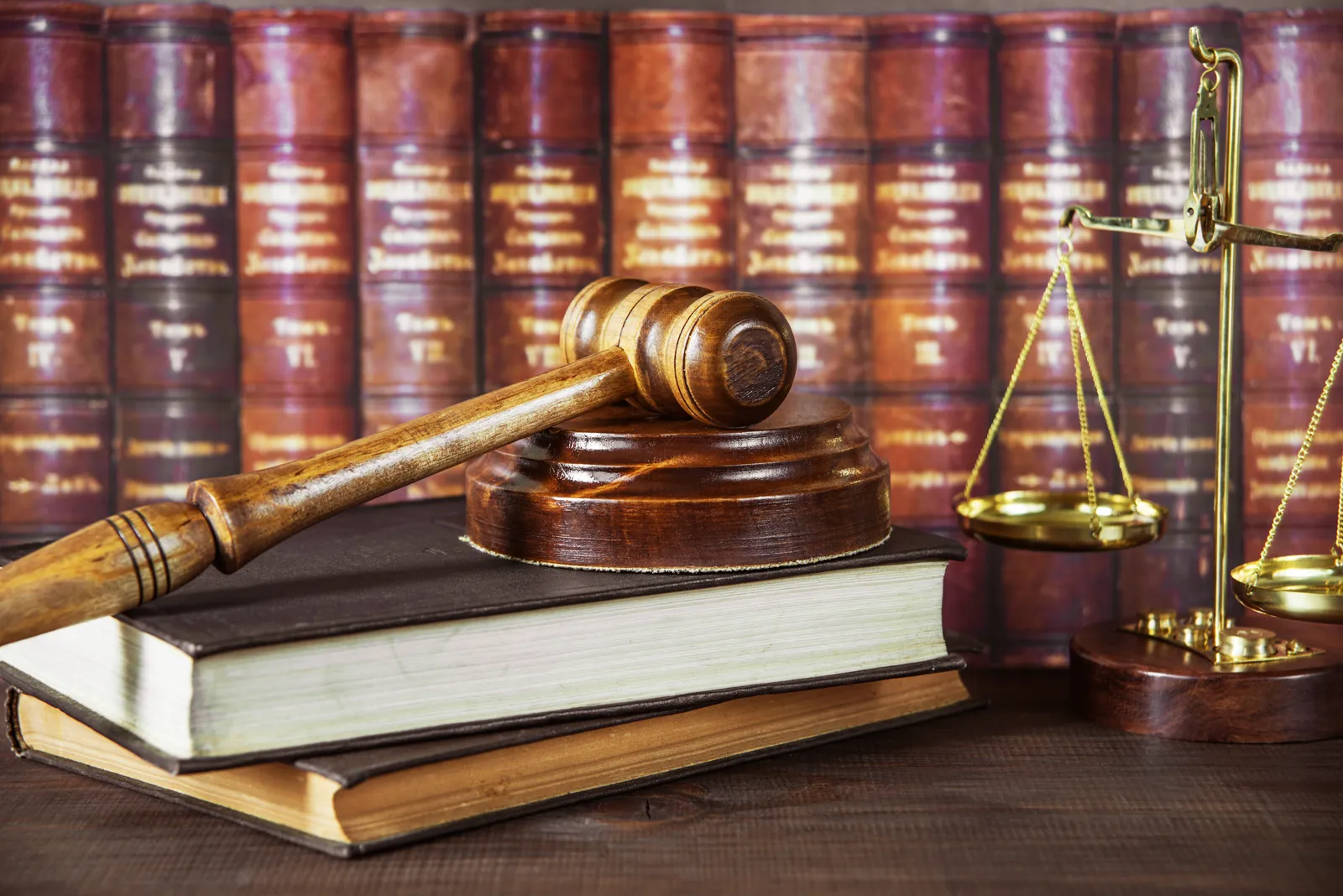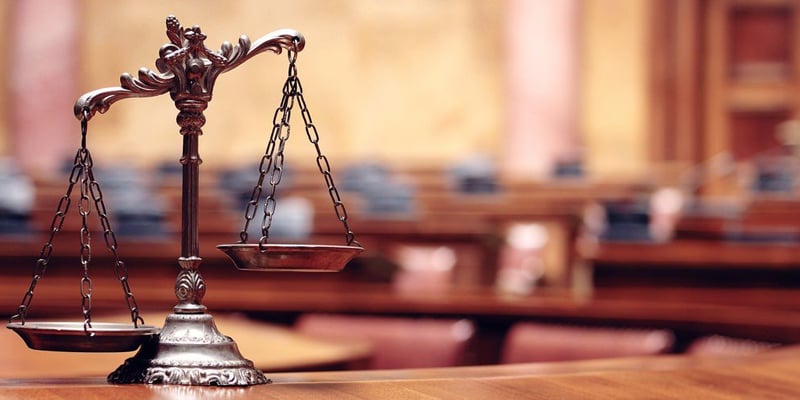High court play a crucial role in the judicial system, ensuring the fair and just administration of justice. These courts possess jurisdiction over a wide range of cases and hold significant authority in interpreting laws and resolving disputes. In this article, we will explore the functions, structure, and responsibilities of high court, highlighting their importance in upholding the rule of law.
1. Introduction
The legal system of any country relies on an intricate network of courts to maintain law and order and provide justice to its citizens. At the top of this judicial hierarchy are the high courts, which wield considerable power and influence within their respective jurisdictions. Understanding the role and significance of high courts is essential to grasp the functioning of the legal system as a whole.
2. What is a High Court?
a. Definition and Function
A high court is a superior court in the legal system of a country or region. It is generally situated at the apex of the judiciary and possesses the authority to hear and decide on appeals and original cases within its jurisdiction. High courts serve as crucial intermediaries between lower courts and the highest appellate courts, ensuring the proper application and interpretation of the law.
b. Jurisdiction and Powers
High courts hold extensive jurisdiction, which may encompass civil, criminal, constitutional, and administrative matters. They have the power to review decisions made by lower courts, rectify errors, and grant remedies or relief. Furthermore, high courts can exercise supervisory jurisdiction over subordinate courts, ensuring adherence to legal procedures and standards.
3. Structure of a High Court

a. Chief Justice and Judges
A high court is headed by a Chief Justice, who is responsible for the overall administration and functioning of the court. The Chief Justice is typically appointed by the executive branch of the government and plays a pivotal role in the selection and assignment of cases to different benches within the court. High courts also consist of several judges, each bringing their expertise and experience to the table.
b. Bench and Division System
To handle the workload efficiently, high courts often employ a bench and division system. This system divides the court into different benches or divisions, each presided over by a group of judges. These benches may specialize in specific areas of law, such as criminal, civil, or constitutional matters, allowing for a more focused and effective resolution of cases.
4. Role and Responsibilities
a. Adjudicating Disputes
One of the primary functions of high courts is to adjudicate disputes that fall within their jurisdiction. They hear both appeals from lower courts and original cases that are brought directly to the high court. High courts analyze the evidence, interpret the law, and provide judgments that serve as legal precedents for future cases.
b. Judicial Review and Appeals
High courts have the power of judicial review, which allows them to examine the constitutionality and legality of laws and executive actions. They can strike down laws that are deemed unconstitutional or violate fundamental rights. Additionally, high courts serve as appellate courts, reviewing decisions made by lower courts to ensure they were made in accordance with the law.
c. Constitutional Interpretation
High courts play a vital role in interpreting and defining the provisions of the constitution. They help shape the constitutional framework of a country through their judgments and rulings, providing clarity on constitutional rights, powers, and limitations. This function is crucial in maintaining a balance of power and upholding the principles of democracy.
5. High Court vs. Lower Courts

a. Difference in Jurisdiction
High courts differ from lower courts in terms of the jurisdiction they possess. While lower courts handle cases of a limited nature and lesser gravity, high courts have wider jurisdiction, often serving as courts of first instance for significant civil and criminal cases. High courts are typically the appropriate forum for cases involving constitutional issues or complex legal matters.
b. Hierarchy and Appeal Process
High courts form an intermediate level between lower courts and the highest appellate courts, such as the Supreme Court. Appeals from lower courts are usually filed in high courts, and their decisions can be further challenged in the highest appellate court of the land. This hierarchical structure ensures multiple levels of review and helps maintain consistency in the interpretation of laws.
6. Landmark Cases and Legal Precedents
High courts have played a pivotal role in the development of legal principles through landmark cases and legal precedents. Many significant judgments delivered by high courts have shaped the legal landscape and influenced subsequent decisions. These cases often become reference points for future litigants and lawyers, providing guidance and clarity on various legal issues.
7. Challenges and Criticisms
High courts, like any other institution, face challenges and criticisms. Some concerns relate to the delay in delivering judgments, the backlog of cases, and the need for reforms in the judicial system. Critics argue that high courts should ensure speedy justice without compromising on the quality and fairness of decisions. The efficient management of resources and implementation of technology can address some of these challenges.
8. Conclusion
High courts serve as vital pillars of the legal system, upholding the rule of law and safeguarding individual rights. Their jurisdiction, powers, and responsibilities make them key players in the administration of justice. High courts play a significant role in shaping legal principles, resolving disputes, and ensuring the proper interpretation of laws. It is crucial to recognize their significance and work towards enhancing the efficiency and accessibility of high courts.
FAQs
1. How does a high court differ from a lower court? High courts have wider jurisdiction and serve as appellate courts for lower court decisions. They handle more significant and complex cases, including constitutional matters.
2. Can high court judgments be appealed? Yes, high court judgments can be appealed in the highest appellate court, such as the Supreme Court, if there are grounds for appeal.
3. What is the role of the Chief Justice in a high court? The Chief Justice is responsible for the overall administration of the high court. They assign cases to different benches and ensure the smooth functioning of the court.
4. Can high courts strike down laws? High courts have the power of judicial review and can declare laws unconstitutional if they violate the provisions of the constitution.
5. How do high courts contribute to legal precedents? Through their judgments and rulings, high courts establish legal precedents that serve as guidelines for future cases, shaping the legal landscape.

